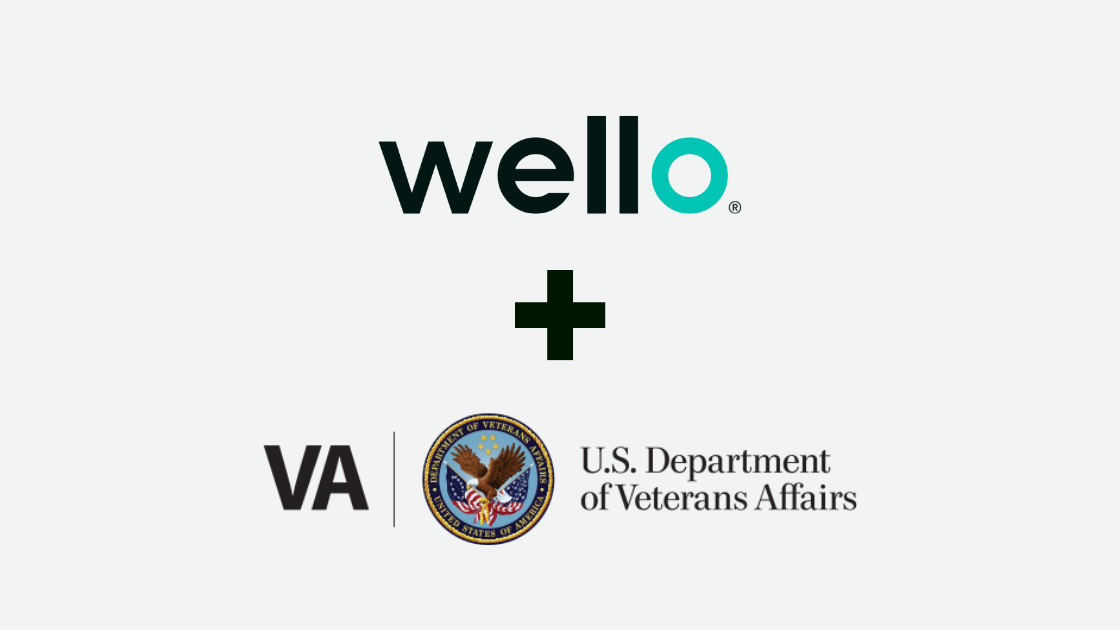The devastation of the Covid-19 pandemic cannot be overstated, but if there have been any positive takeaways it’s the fact that essential workers are finally receiving the respect and praise they deserve. Nurses, doctors, manufacturing employees, truck drivers, grocery store workers, and more all heroically remained working throughout the entire pandemic.
Along with their sacrifice and willingness to put themselves at risk to keep the essential functions of the world running, has been the emergence of new expectations placed on employers to do everything in their power to keep employees healthy and safe. While things like accident and injury prevention used to be the main aspects of employee health and safety policies, now contagious illness prevention in the workplace is considered a basic standard.
Not only does emphasizing employee health and safety have positive effects such as boosting morale and employee loyalty, but it’s also both financially prudent and results in a more productive workplace overall. Here’s more on how companies that make contagious illness prevention a priority gain a key competitive advantage, and how workers’ expectations have changed since the pandemic.
Focusing on health = good business
Aside from the fact that the past two years have ushered in a new focus on health and wellness—an awareness that will certainly extend to the standpoint of employees—from a strictly economic standpoint, there are several advantages to either establishing or emphasizing policies surrounding health and wellness in the workplace.
For instance, as A Better Balance Work & Legal Center explains from research completed in 2021, ensuring a health-centered focus, such as a solid paid sick leave policy, is in place and available to employees can make a significant difference financially and productivity-wise. Although some businesses have been employing an “unspoken” or in some cases, spoken, policy of encouraging employees to continue to work while sick, A Better Balance notes that even minor illnesses can be extremely costly. They cited statistics that even just the common cold costs $16.6 billion in productivity losses.
Additionally, encouraging employees to come to work sick—or failing to institute clear policies about what to do when sick, thus leaving the door open to allow sick workers coming in—can be costly in terms of contagion as well. For instance, according to A Better Balance absenteeism caused by workplace illness spread (of any flu-like illness) is estimated to cost upwards of 111 million workdays per year, which, as you can imagine, is a lot of lost productivity and potential earnings.
To counteract the lost productivity, even the policy of instituting sick days can help drastically. A Better Balance reports that sick days reduced the number of employees who came to work while sick, both boosting productivity and preventing the spread of contagious illness to other employees in the workplace.
Employee turnover is also a drain on a business’s finances, costing employees an estimated 25-200% of a worker’s annual salary. However, health-centered policies that include paid sick leave can increase job retention and boost employee motivation, loyalty, and morale. Implementing active policies such as paid sick leave and ongoing health screening not only supports employees who are currently ill, but it also allows for preventive health steps as well—for instance, allowing employees time off for things like vaccinations and physicals can lead to a healthier workplace as well.
And last but not least, employee health strategies that help keep staff employees in the workplace could help save on the costs of replacement workers and the potentially high cost of temp workers. For instance, it’s estimated that for hospitals alone, agency staffing can cost upwards of $24 billion every year.
What does a health-centered workplace look like?
A health and wellness strategy in the workplace extends beyond just sick days for employees. The CDC outlines that a health model in the workplace should have three crucial elements: coordinated, systematic, and comprehensive.
The CDC explains that a workplace focused on health can not only lead to change at the individual level, impacting an employee’s immediate and long-term health, but also the health of the organization as a whole. It notes that workplace health programs can:
- Reduce healthcare costs
- Reduce insurance premiums
- Reduce worker’s compensation claims
- Decrease absenteeism
- Increase productivity
- Increase recruitment and retention
- Positively impact employee morale and workplace culture
- Positively influence employees, families, and even communities
- Improve quality of life
So what does a workplace that emphasizes employee health and safety look like? Well, again, according to the CDC, that will include planned, organized, and comprehensive programs, policies, benefits, and environmental supports. The CDC outlines two key factors in an employee health-centered workplace:
- A plan in place to recognize health and safety threats, along with a means to identify new problems as they arise.
- A comprehensive approach that addresses multiple risk factors and health conditions concurrently.
In workplaces, a comprehensive approach includes both encouraging employees to adopt active participation in their own health and implementing resources that can help them identify symptoms and potential risks. For instance, the welloStationX provides objective temperature and health screenings that can empower employees to regularly assess their health and allows the organization to ensure proper next steps are taken for anyone with symptoms. It also sends a message that health is a primary focus in the workplace. And as part of a comprehensive and layered approach, the welloStationX also takes that focus on health one step further, by actually assessing body temperature in a non-contact manner to identify potentially contagious individuals. Next, the station can alert appropriate personnel to determine the next steps and any needed additional screening before an employee is cleared to return to work.
Overall, as workplaces and employers move into the next stage of the pandemic and beyond, an emphasis on employee health should be prioritized in a multi-layered approach. Not only does prioritizing employee health come with the advantages of increasing morale and retention, but it can also come with significant cost and productivity savings as well, so it’s beneficial on many levels.
Educating and empowering employees to remain out of the workplace when sick, encouraging active participation in health assessment for all contagious illnesses through workplace tools such as the welloStationX, and implementing clear policies that send the message that health is valued can all help create a stronger environment for both employees and employers.


